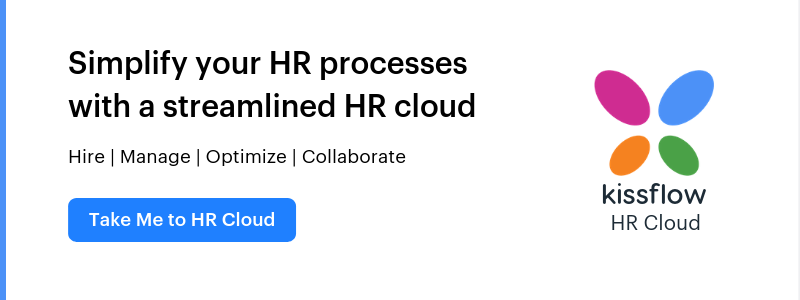Top Performance Review Tips for Managers to Conduct Effective Appraisals
Many managers find conducting performance reviews with their team members tricky, if not downright daunting. After all, such meetings take a lot of planning and completion of paperwork. Thus, it can be tough to walk the fine line between encouraging and motivating employees, while giving them constructive feedback for areas to improve.
Five great tips for conducting perfect reviews
Read on for some top performance review tips on how to handle these discussions expertly and professionally to get the best out of your team.
1. Acknowledge and praise their accomplishments
Before doing anything else, it’s vital to spend time during the review highlighting areas of your team member’s good or exceptional performance. Take time throughout the year to log specific examples of when they went above and beyond in their role, demonstrating favorable values and behaviors. This is an important step, as it demonstrates to your team member that you value them. It gives them the motivation to continue to strive to perform well in the future.
2. Cover off any knowledge gaps
Everybody has performance gaps, or areas where their skills or experience is lacking slightly. While it’s important to draw attention to these areas, consider the manner in which you address them with your employee. Make sure you can back up these gaps with specific examples. Also try to frame points as constructively as possible, focusing on how to fill these knowledge gaps in the future.
3. Talk about areas of improvement
In addition to having skills or knowledge gaps, it’s likely your team member will also have particular areas of their performance that are weaker than others. They may even have areas where their performance is below standard. Again, discussion of the issues needs to be handled sensitively, encouraging your team member to adequately input into the performance review and offer their views on their own performance. While it’s important to talk about past issues, including details, the focus should be on how to improve in these areas.
4. Agree upon goals for the future
This part of a performance review is key, as it progresses forwards instead of looking backwards. It relies on the participation of both the line manager and the employee to partner together to identify opportunities for improved future performance in the job role. This is usually best achieved by the setting of SMART objectives, or goals that are specific, measurable, achievable, realistic, and time-bound. Naturally, it’s important these goals are not only relevant to the employee’s job role, but are also aligned to the broader organizational vision and strategy.
5. Gather meaningful feedback
The line manager has a key role in providing feedback to their team member as part of the performance review. However, the importance of feedback from other sources should not be underestimated, as it can provide valuable insights into employee performance across different teams, projects, and capacities. 360-degree feedback can be a useful tool to gather feedback, not just from the line manager, but from colleagues, external stakeholders/clients, and direct reports. This all helps to give a more well-rounded and balanced view of the team member’s performance.
Harnessing the power of technology in performance reviews
Traditionally, there has been much administration involved in conducting effective performance reviews. This can inevitably eat into both line managers’ and employees’ precious time – time that could be better spent carrying out meaningful discussions and setting targeted objectives for future performance, for example.
In recent years, technology has played an increasing role in the performance review process. Invaluable human resource systems and software allow managers and employees to streamline the administration, reduce the paperwork, and focus more on the real reasons for performance reviews – driving future performance.
How Kissflow HR Cloud can help conduct performance reviews
Kissflow HR Cloud offers a web-based, performance review app that can help users add consistency and speed to their performance reviews, transforming it into an automated process. You can build your own workflow so it perfectly reflects the various steps of your performance review process and customizes a range of template documents that are commonly used in appraisals.
Kissflow HR Cloud also has a number of useful features to help overworked managers and team members approach performance management with ease. Automated reminders help all parties stay focused and meet performance review deadlines.
Furthermore, the easy-to-use visual dashboard is a great tool for managers to track the progress of the team members’ reviews, view outstanding tasks, and make quick and clear comparisons. These features can help improve the confidentiality and transparency of the performance review process while saving time along the way.


